Top Class Actions’s website and social media posts use affiliate links. If you make a purchase using such links, we may receive a commission, but it will not result in any additional charges to you. Please review our Affiliate Link Disclosure for more information.
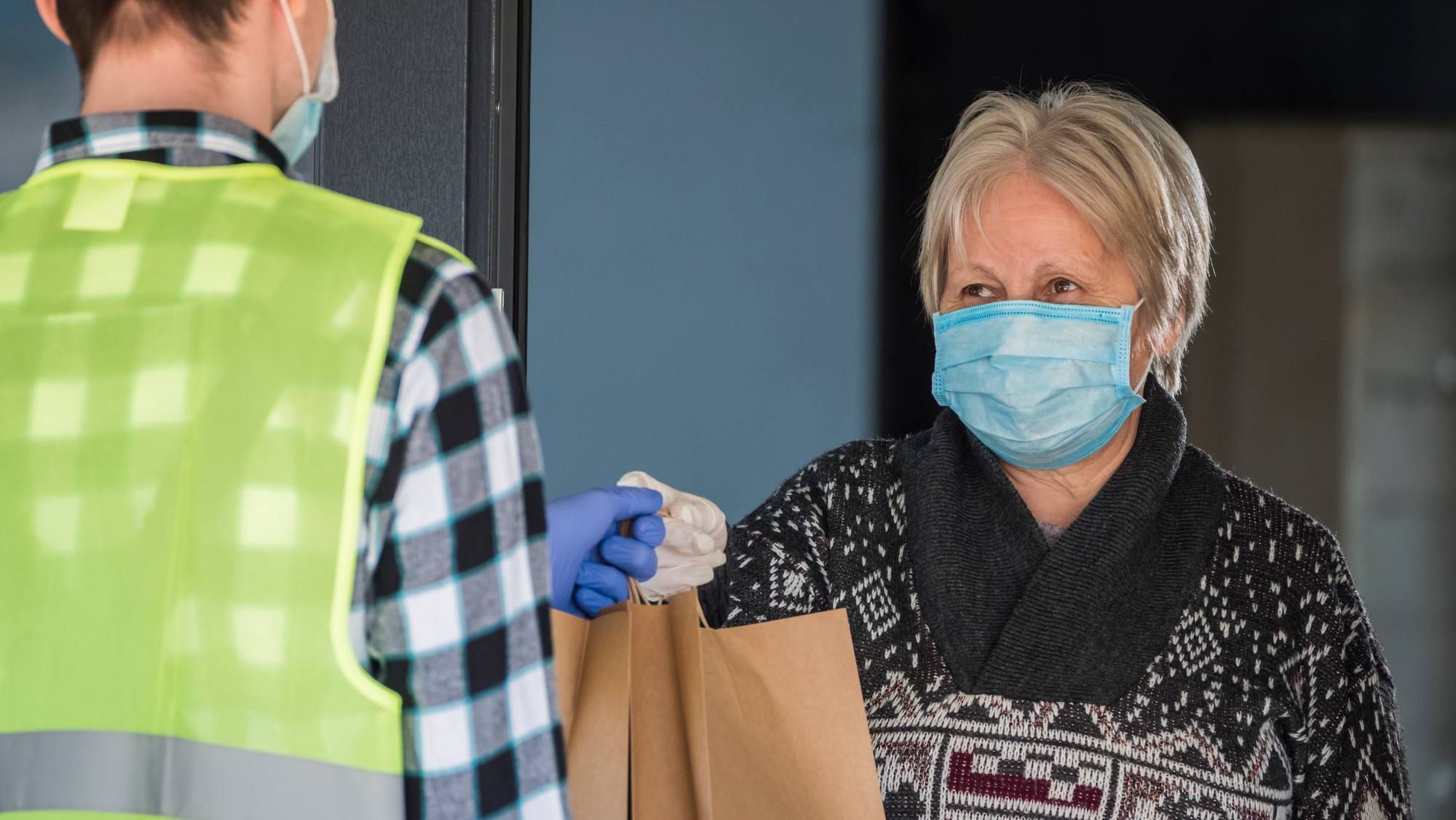
If someone told you a year ago that today you would be willing to pay 91% more to have a meal delivered to your home rather than visit a restaurant, you probably wouldn’t have believed them.
While the coronavirus pandemic has led to a drop in in-person restaurant patronage, the resulting stay-at-home orders have been a boon to food delivery apps. Are these delivery apps capitalizing on consumers who feel safer staying home? Some consumers say yes, they are, because of alleged inflated fees and hidden upcharges.
According to a recent article in the Wall Street Journal, many people have been willing to pay a premium to avoid crowded restaurants. DoorDash Inc., which also owns San Francisco delivery app Caviar, reported its first profitable quarter and attributed it to the spring’s stay-home orders. Instacart Inc., which allows consumers to grocery shop online and pick up bagged groceries or have them delivered, saw its profits increase around 500% compared to the year prior.
Fees on Food Delivery Apps
DoorDash, Postmates, Grubhub and Uber Eats are among the options consumers may choose for food delivery services.
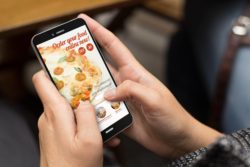
A look at prices on one Postmates receipt compared to a restaurant’s dine-in prices shows someone somewhere is profiting from consumers’ use of these apps.
A Pita Jungle order placed through Postmates was delivered one evening in October. The customer paid a total of $39.85 for an order of hummus and garlic dip, both of which came with a pita. Here is the breakdown of that receipt:
- Garlic Dip, Pita, Small $6.89
- Cilantro Jalapeno Hummus, Pita, Large, $11.18
- Subtotal $18.07
- Tax & Fees $6.56
- Delivery $7.25
- Tip $7.97
- Total: $39.85
According to Pita Jungle’s website, the menu items at the same location list for $5.99 for the small garlic dip and $7.99 for the large hummus, which means there was an upcharge on each individual item to order them through Postmates.
To sit down in the restaurant, the meal would have cost $18.88, including tax and tip. The customer paid more than twice that for the same food to be delivered.
One of the issues with this type of receipt is that taxes and fees are combined into one line, making it impossible to realize what the customer paid expressly in taxes without doing some math. In addition, the tip amount appears to have been configured based on the subtotal, taxes, fees and delivery charge, all of which contributed to a higher dollar amount to base the tip upon compared to the calculation for a tip when dining in the restaurant.
Why Are Prices High?
Configuring the final price you’ll pay using a food delivery app depends upon the restaurant and the delivery service company, according to The New York Times, which found Postmates, Uber Eats and DoorDash said restaurants have control over their own food pricing. While Grubhub admitted to working with restaurants to set pricing, the company also recommends the restaurants not vary their prices.
Of course, any time you add more workers to complete a process, the cost is going to increase. In the case of using a food delivery app, you are adding the additional costs of paying the delivery company, the delivery driver and the restaurant, which may charge extra because the restaurant also is paying the food delivery app.
A couple of counties in New York determined restaurants were being overcharged for working with delivery apps during the pandemic. Albany County Executive Dan McCoy took executive action in December to cap fees that third-party food delivery apps can charge restaurants. In mid-January, the Schenectady County Legislature passed a law capping the fees delivery services can charge restaurants. It’s now a maximum of 15% of the cost of the food order.





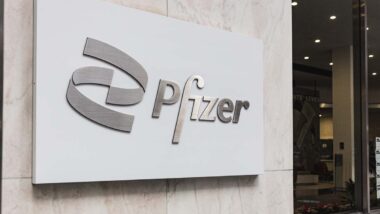


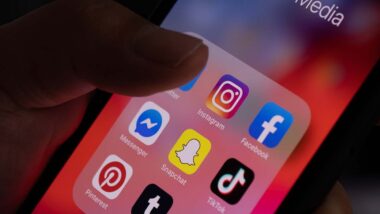
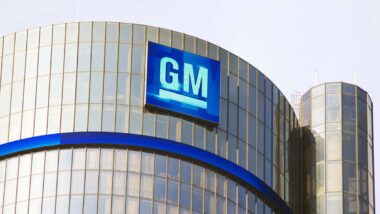


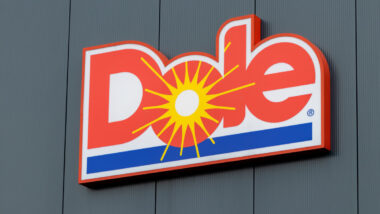


15 thoughts onFood Delivery Apps: Are They Worth the Cost?
I’m disabled so I use them a lot. They charge ridiculous prices. Add me
add me use all the time
Add me please
I niticr this as well
I used them allot! Add me